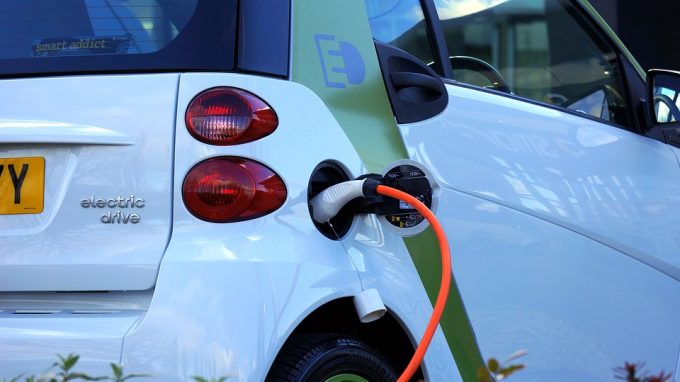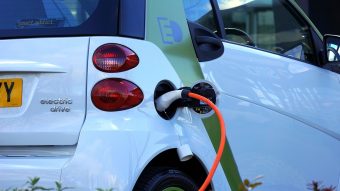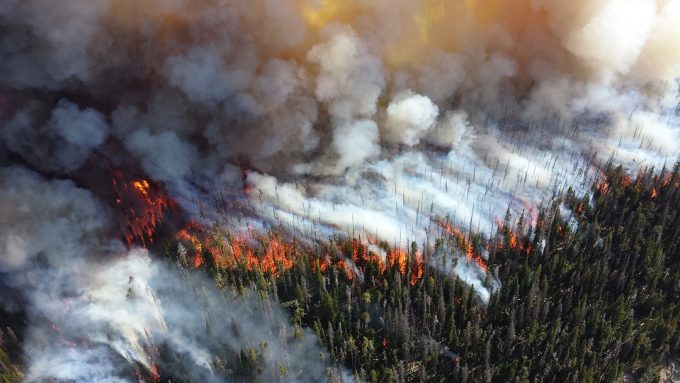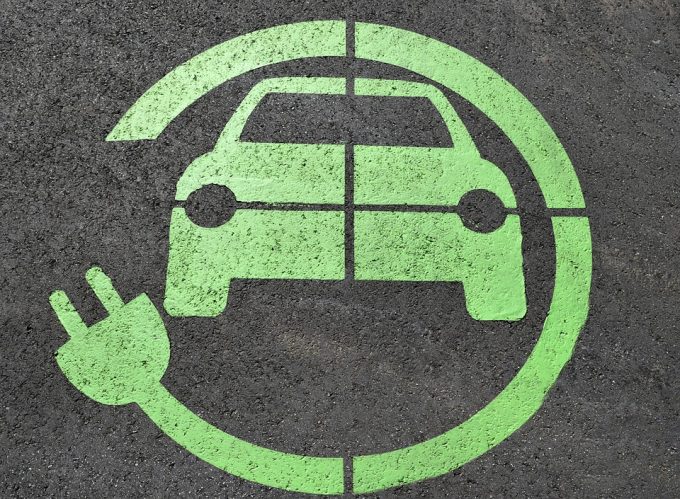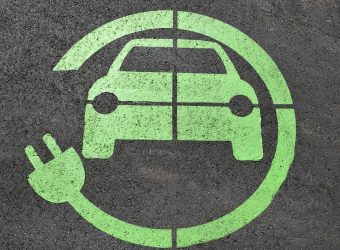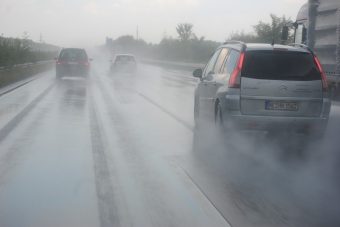
The percentage of primary school children walking or riding bikes to their place of education fell by 2% last year.
The number of parents driving their children to school is growing, despite increasing concerns about the impact of air pollution around such areas.
That’s according to new statistics released by the government illustrating the proportion of people using different forms of transport to travel around England.
The report shows the percentage of primary school children walking or riding bikes to their place of education fell from 53% to 51% last year, even though the dangers of cars idling around school gates are becoming increasingly well-known.
Campaigners suggest this seems to contradict moves such as the Mayor of London’s £1 million fund to help 50 schools in London’s most polluted areas reduce the affects of poor air quality.
The government study also reveals an increase in the number of people using cars or vans instead of walking for journeys of less than two miles.
In terms of overall mobility, the report shows the steady decrease in the number of trips and miles travelled since the late-1990s has been reversed – there was an increase in the average number of trips and the average miles travelled per person in the two years from 2015 to 2017.
Source: energylivenews


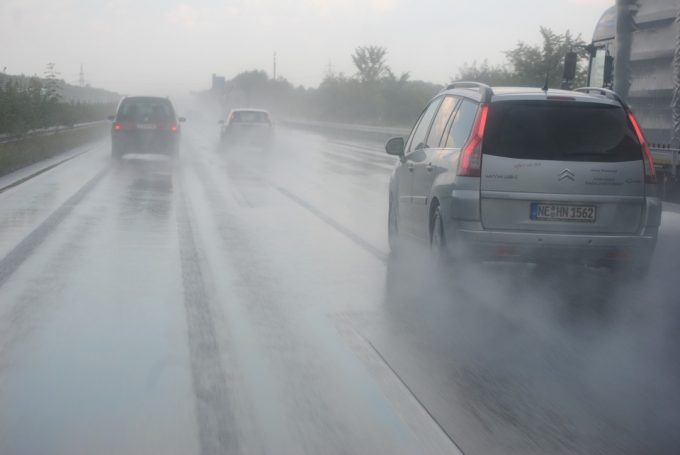


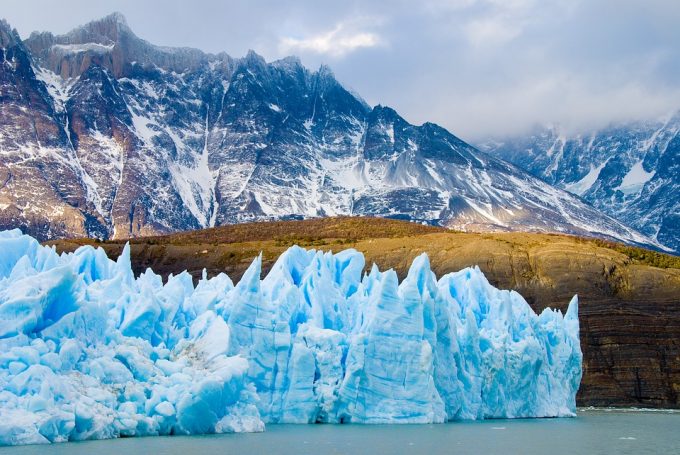

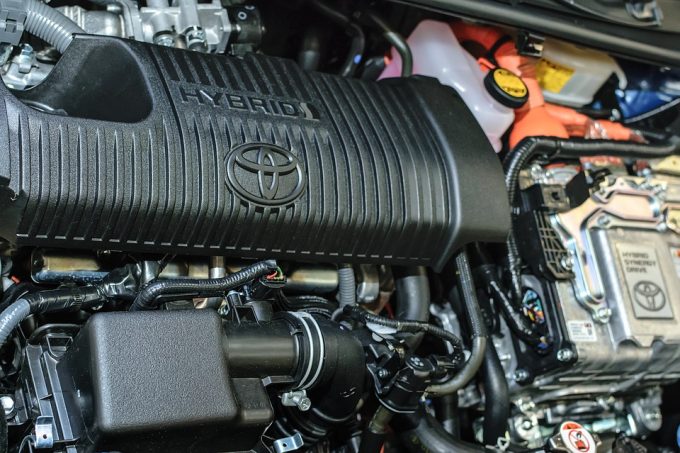

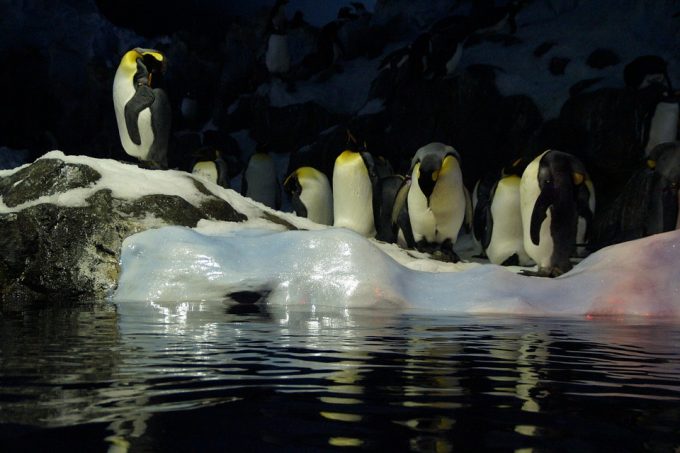

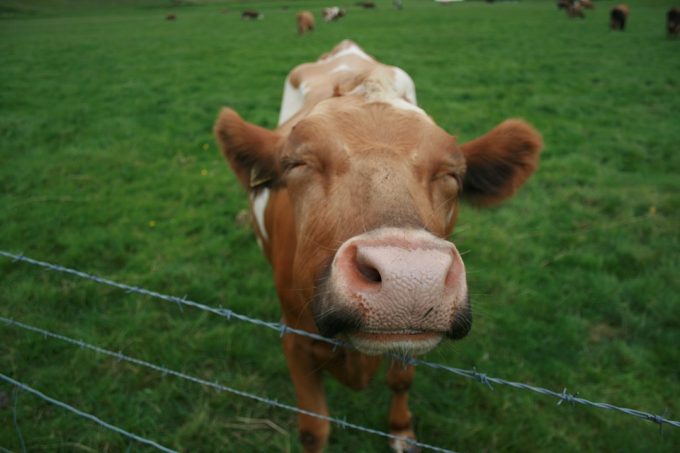

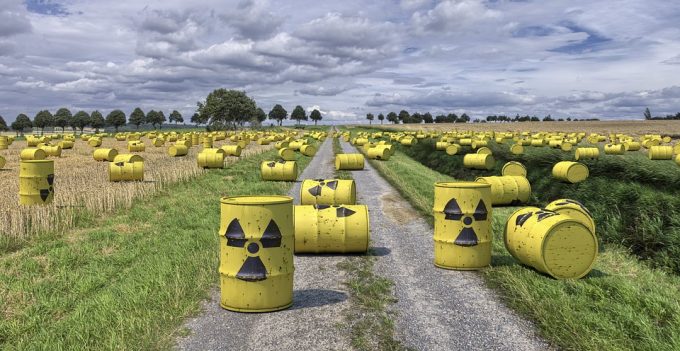
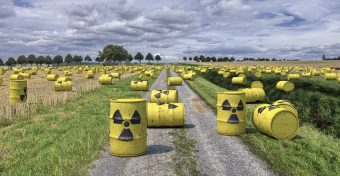






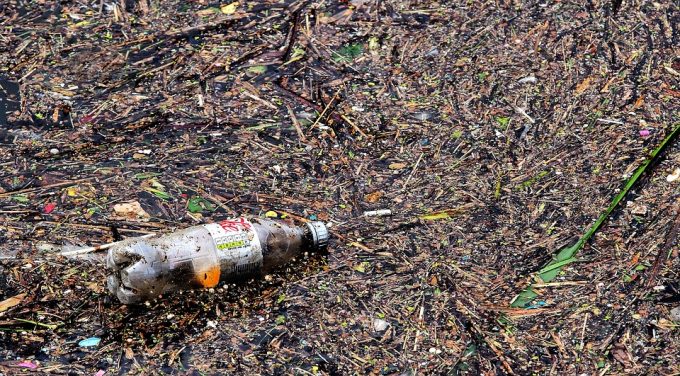
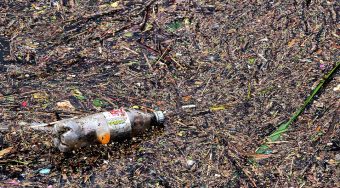

 The remaining wilderness areas, mostly in the remote
The remaining wilderness areas, mostly in the remote 
 Get the free report on investment projects for the construction and modernisation of Hydropower Plants
Get the free report on investment projects for the construction and modernisation of Hydropower Plants